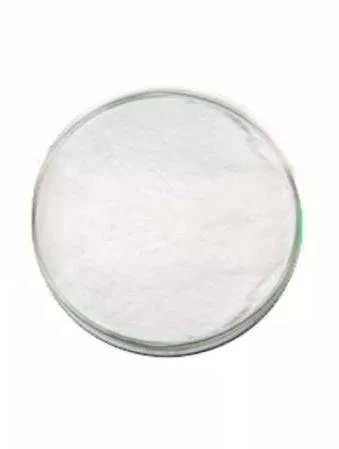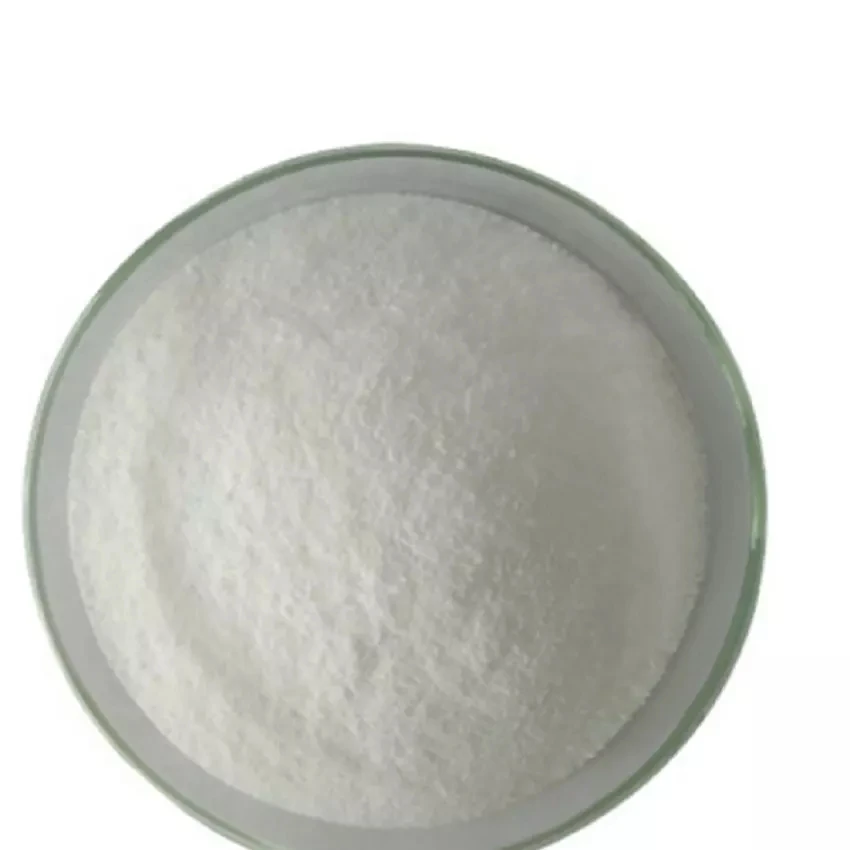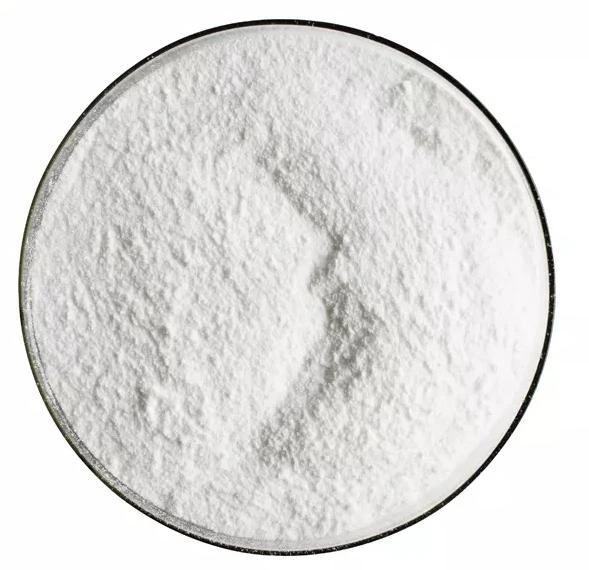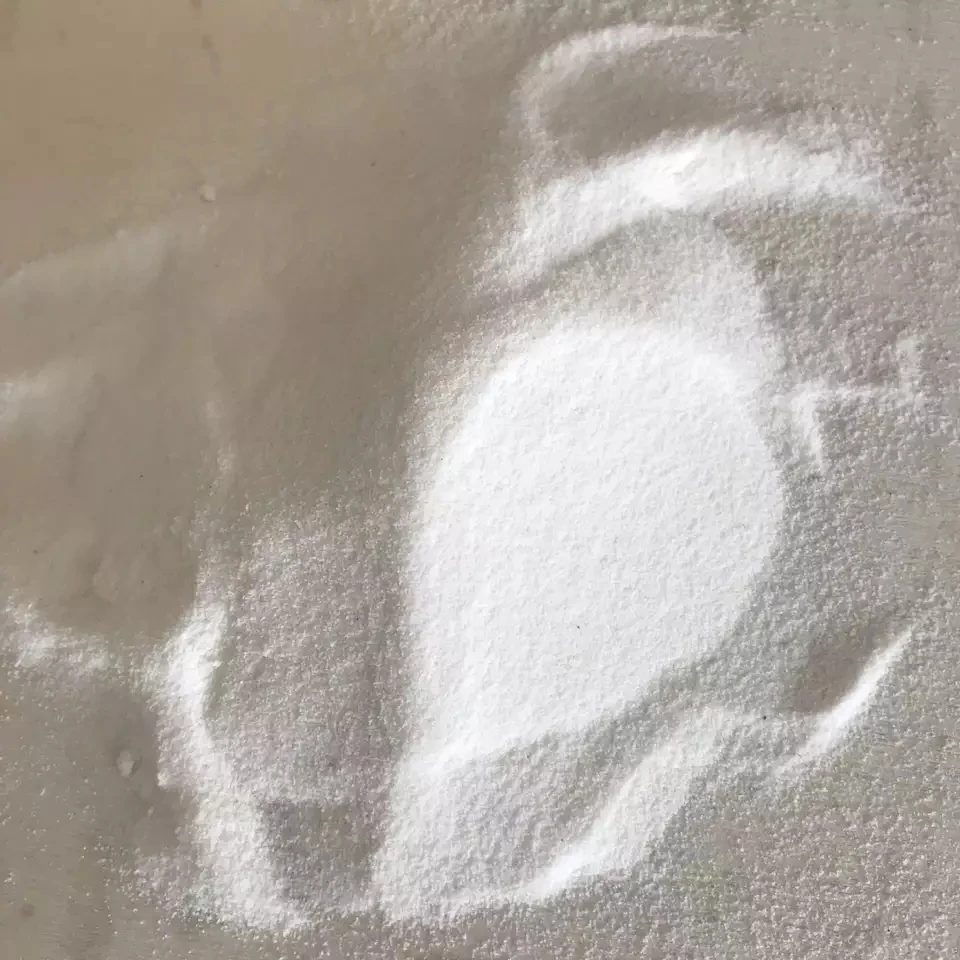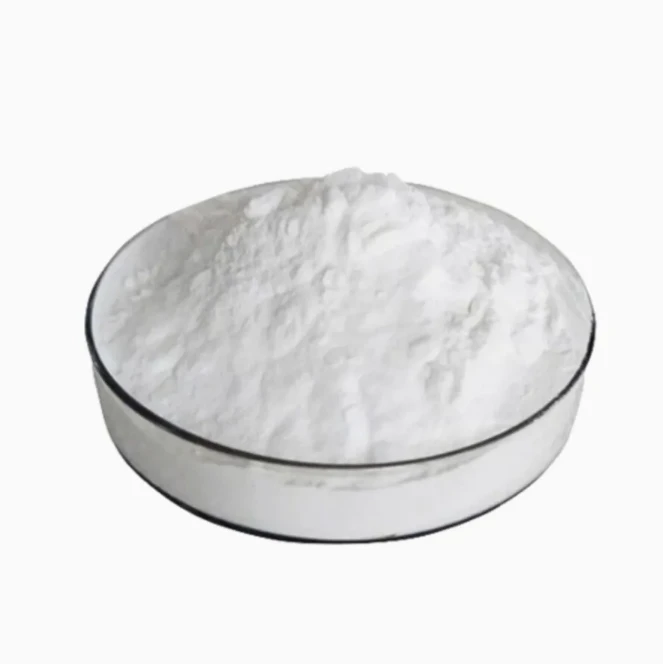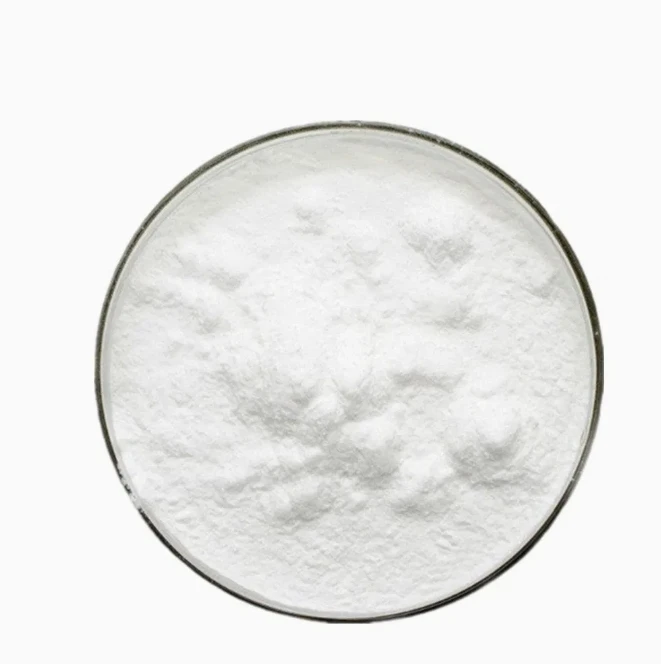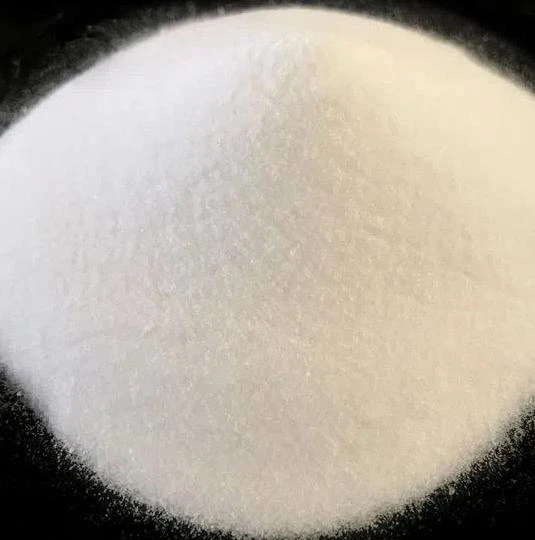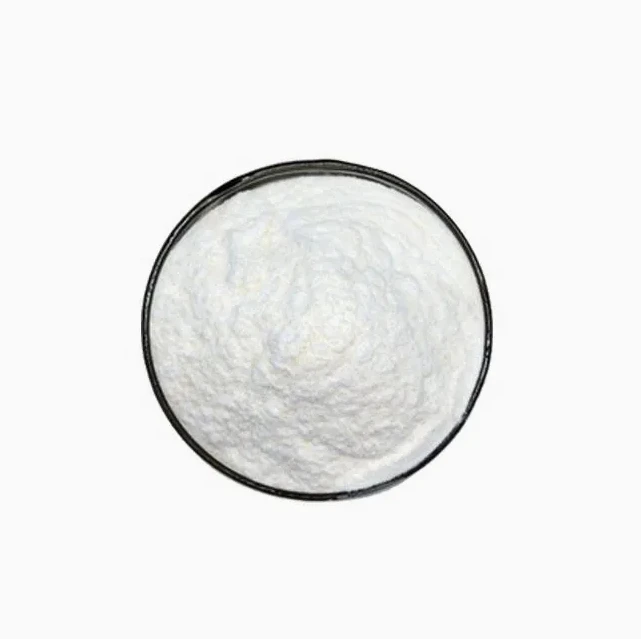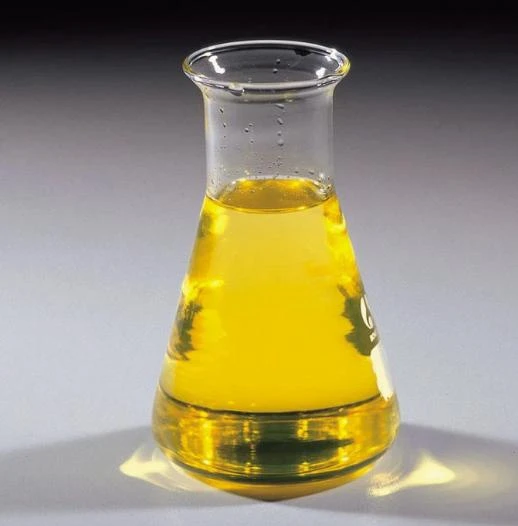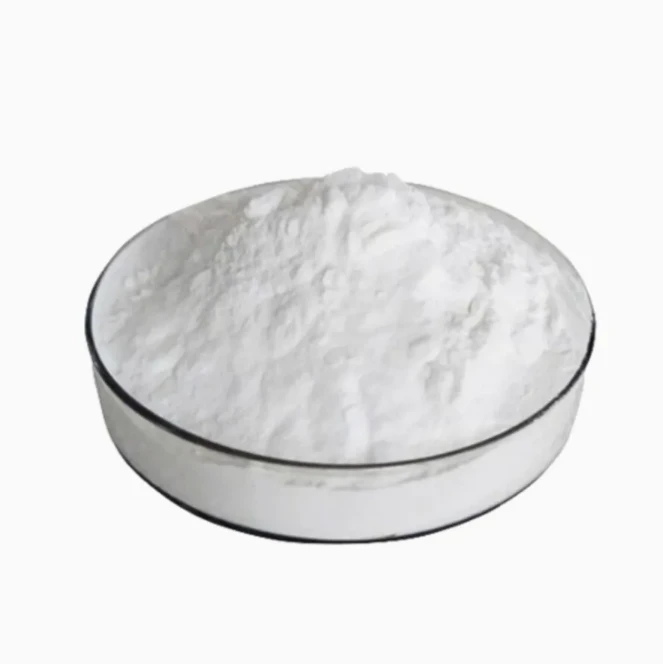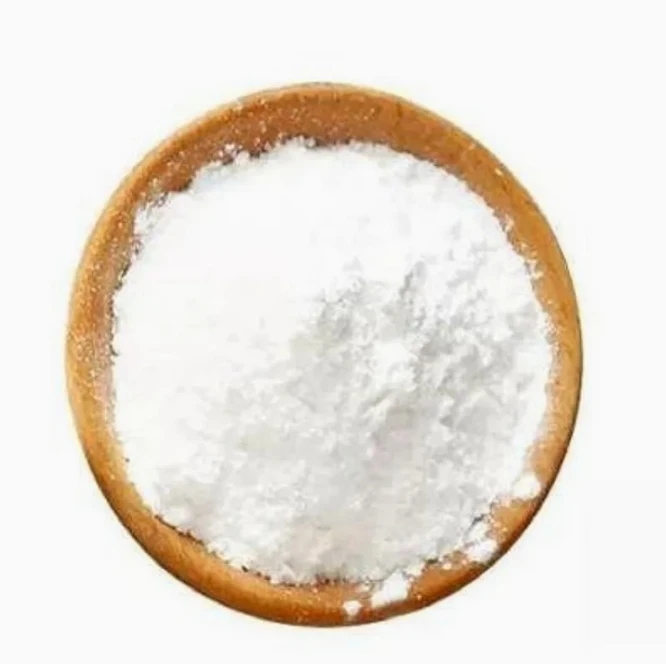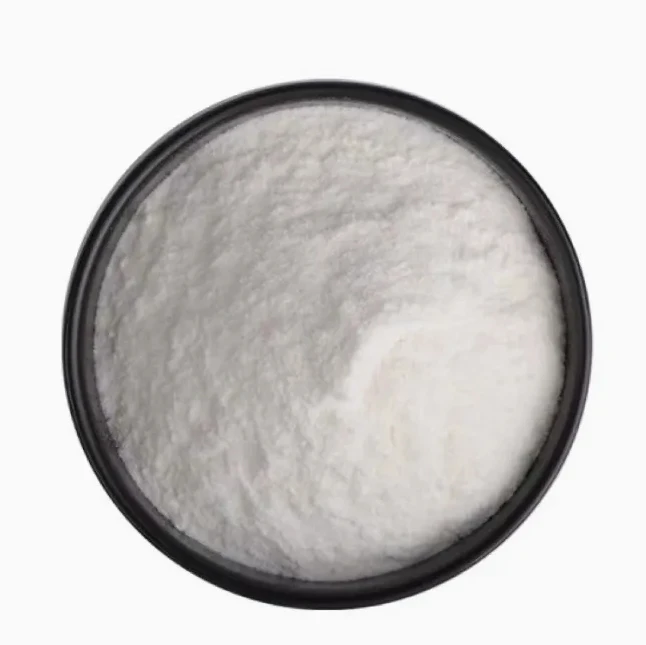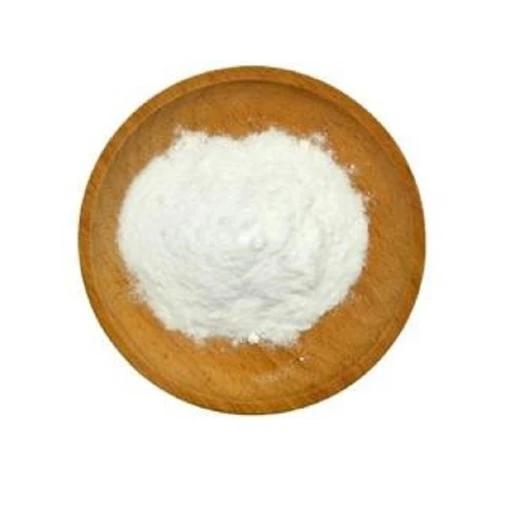 leka uila: sale@hebeidisha.com
leka uila: sale@hebeidisha.com
 Tel: +86 13315186550
Tel: +86 13315186550
- ʻApelika
- Alapania
- Amahapika
- Apapika
- Ameniana
- Azerbaijani
- Pōkē
- ʻŌlelo Belarusa
- Penekali
- Ponia
- Pukalia
- ʻŌlelo Katalonia
- Cebuano
- Kina
- Kina (Taiwan)
- ʻŌlelo Kokia
- Koalia
- Keka
- Kenemaka
- Hōlani
- Pelekania
- ʻŌlelo Esperanto
- Ekekonia
- Pinilana
- Palani
- Frisian
- Kalikia
- Keokia
- Alemania
- Helene
- Kuhalaki
- ʻŌlelo Haiki
- Hauka
- ʻŌlelo Hawaiʻi
- Hepela
- ʻAʻole
- Miao
- Hunakalia
- ʻĀinahau
- igbo
- ʻInikonia
- Ipelana
- Ikalia
- Kepanī
- Kawanī
- Kanākā
- ʻŌlelo Kazaka
- Khmer
- Rwandan
- Kolea
- ʻŌlelo Kurdish
- ʻŌlelo Kyrgyz
- TB
- ʻŌlelo Lākni
- Lakiwiana
- ʻŌlelo Lituania
- ʻŌlelo Lukemapuka
- Makekoni
- Malgashi
- Mālei
- Mālealama
- Malkī
- ʻŌlelo Māori
- Malapi
- ʻŌlelo Monokolia
- Maianamara
- Nepali
- Nolewai
- Nolewai
- ʻOkitana
- ʻŌlelo Pashto
- Pelekia
- Pōlani
- Pukikī
- ʻŌlelo Punajabi
- Lomānia
- Lukia
- Sāmoa
- Gaelika Sekotia
- ʻŌlelo Serbia
- Pelekania
- Shona
- Kiniki
- Sinhala
- Kolowakia
- Kolewenia
- ʻŌlelo Somalia
- Kepania
- ʻōlelo Sunda
- Kawahili
- Kuekene
- Kakalo
- Tajika
- Kamili
- Tatar
- Keluku
- Kailani
- Tureke
- ʻŌlelo Kuleke
- Ukrainian
- Urdu
- Uighur
- ʻUzbek
- Vietnamese
- Welsh
- Kokua
- Yiddish
- Yoruba
- Zulu
Sodium Pyruvate
Sodium pyruvate is one of the most common pyruvate, molecular formula C3H3NaO3, is a class of endogenous small molecules, sodium pyruvate and pyruvate are naturally present in the human body, and participate in the metabolism of various tissues and organs throughout the body .
Sodium pyruvate is widely used as a buffer, excipient and antioxidant in medicine, diagnostic reagents and medical devices.




1,Used as pharmaceutical raw materials and food additives.
2,Sodium pyruvate (113-24-6) is used for the determination of lactic acid and the substrate of dehydrogenase; it is also a good dietary supplement for fitness and weight loss; it is widely used in food and cosmetics.
3,Determination of the substrate of lactate dehydrogenase, determination of the activity of glutamic-alanine aminotransferase in the liver function test. Pharmaceutical raw materials and food additives.
It is a substrate for determination of lactate dehydrogenase and determination of glutamate-alanine aminotransferase activity in liver function tests; it is also a good dietary supplement for fitness and weight loss; it is widely used in food and cosmetics. Sodium pyruvate has broad development prospects in clinical applications. Most of the research on sodium pyruvate is still in the stage of animal experiments and in vitro experiments. The products on the market are:
1 Rejuvesol Red Blood Cell Processing Solution is mainly used for the rejuvenation of red blood cells in vitro. It is a necessary preparation for long-term preservation of low-temperature blood. Each 50ML red blood cell rejuvenation solution contains 0.550 g of sodium pyruvate
2 Embryo transfer fluid, used for the culture of embryo transfer in in vitro reproductive technology, the main components are alanine, alanyl glutamine, sodium pyruvate, etc.
3 "Nose Minling" bacteriostatic nasal sprayer, used for nasal irrigation of all kinds of acute and chronic rhinitis. The main liquid components are sodium chloride, sodium pyruvate, and polyhexamethylene biguanide.
Loaʻa iā mākou nā hale hana kiʻekiʻe me ka pilina hohonu, hiki iā ia ke hāʻawi iā ʻoe i nā huahana kiʻekiʻe a me nā kumukūʻai hoʻokūkū. A hiki iā mākou ke hāʻawi i nā uku no nā kūʻai nui. A ke hui pū nei mākou me nā ʻoihana lawe ukana ʻoihana he nui, hiki ke hāʻawi i nā huahana me ka palekana a me ka maʻalahi i kou mau lima. ʻO ka manawa hoʻouna ma kahi o 3-20 mau lā ma hope o ka hōʻoia ʻana o ka uku.
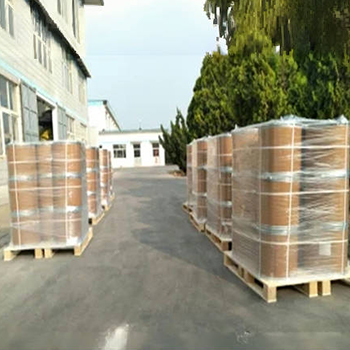
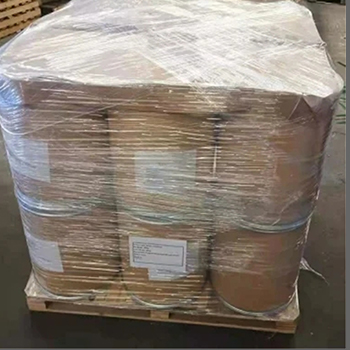


| ltem | Hōʻike | Ka hopena |
| Description | White or off-white crystalline powder |
conforms |
| Free Acid | ≤0.25% | 0.1% |
| Pohō ma ka maloʻo | ≤0.5% | 0.06% |
| Sulphate | ≤400ppm | conforms |
| Chloride | ≤100ppm | conforms |
| Arseni | ≤1ppm | conforms |
| Nā metala kaumaha | ≤10ppm | conforms |
| pHpH value | 5.1~7.0 | 6.4 |
| Transparency | ≥90% | 96% |
| Pyruvic lon | ≥76.0% | 79.4% |
| Assay(by titration) | ≥99.0% | 100.5% |
Sodium pyruvate is one of the most common pyruvate, the molecular formula is C3H3NaO3, it is a class of endogenous small molecular substances, both sodium pyruvate and pyruvate are naturally present in the human body and participate in the metabolism of various tissues and organs throughout the body .
Sodium pyruvate is necessary for metabolic life activities in the daily life of the human body. It is an energy substance. In cell culture experiments conducted in scientific research, scientific researchers also discovered substances with similar effects. Similar substances that participate in body metabolic activities and provide energy for action in the Chemicalbook human body include glucose, sodium lactate, etc. Most cells in the human body only use glucose, and sodium pyruvate is a necessary substance in cell culture. Sodium pyruvate acts as an alternative carbon source in the culture medium and participates in cell nutrition metabolism.

1. He hale hana ʻoe a he hui kālepa paha?
He compnay mākou e hoʻohui i ka ʻoihana a me ke kālepa, e hāʻawi ana i ka lawelawe hoʻokahi. Hiki ke ʻae ʻia ʻo OEM.
2. Hāʻawi anei ʻoe i nā laʻana? He manuahi a keu paha?
Free samples.The sample's freight fee Pono e uku ma kou aoao.
3. Loaʻa iā ʻoe nā palapala hōʻoia e pili ana i ka mana maikaʻi?
ISO 9001: 2008 palapala hōʻoia e hōʻoia i ka maikaʻi.
4. He aha kaʻu e hāʻawi ai e kiʻi i kahi ʻōlelo?
E haʻi mai ʻo Pls iā mākou i ke ʻano huahana āu e pono ai, ka nui o ke kauoha, ka helu a me nā koi kikoʻī. E hana ʻia ka ʻōlelo no kāu kuhikuhi i ka manawa.
5. He aha ke ʻano o ka uku uku āu e makemake ai? He aha ke ʻano o nā ʻōlelo i ʻae ʻia?
ʻAe ʻia nā ʻōlelo hoʻouna: FOB, CFR, CIF, EXW;
ʻAe ʻia ke kālā uku:USD;
ʻAno uku i ʻae ʻia: T / T, Western Union; Paypal, Hōʻoia Kūʻai.
ʻŌlelo i ʻōlelo ʻia: English.
Māhele huahana

